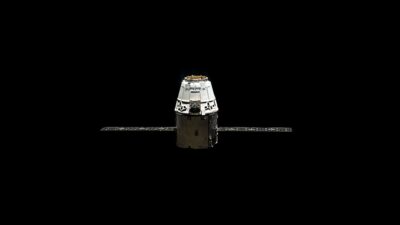As urbanization accelerates worldwide, the need for sustainable living and efficient resource management becomes increasingly urgent. Smart cities emerge as a beacon of hope, combining innovative technology with sustainability to create viable urban ecosystems. At the core of this transformation is green technology—a suite of solutions designed to enhance the environmental, economic, and social facets of urban life.
The Essence of Smart Cities
A smart city leverages digital technology to collect data from multiple sources. This data is analyzed to optimize city operations, improve public services, and enhance the quality of life for residents. By integrating green tech, smart cities are not only modernizing urban infrastructure but also addressing pressing environmental concerns, such as pollution, waste management, and energy consumption.
Green Tech Innovations Reshaping Urban Life
1. Renewable Energy Solutions
The shift to renewable energy sources is one of the cornerstones of smart city development. Solar panels and wind turbines are becoming ubiquitous features in urban planning. Cities like San Diego and Copenhagen are seamlessly integrating these technologies into their energy grids, significantly reducing reliance on fossil fuels.
2. Smart Grids
Smart grids use digital communication technology to detect and react to local changes in usage. They enable the efficient distribution of electricity, supporting the increased use of renewable energy sources. Cities that adopt smart grids can better manage energy resources, reduce energy loss, and facilitate electric vehicle (EV) integration through enhanced charging infrastructure.
3. Intelligent Transportation Systems
Traffic congestion is a significant urban challenge. Smart cities deploy intelligent transportation systems (ITS) that utilize real-time data to manage traffic flow. Adaptive traffic signals, autonomous vehicles, and public transportation apps reduce congestion and lower greenhouse gas emissions. Cities like Athens are introducing smart parking systems that inform drivers of available spots, thus minimizing the environmental impact of searching for parking.
4. Urban Agriculture
Green roofs and vertical gardens are gaining traction in urban environments, serving as both aesthetic enhancements and functional agriculture spaces. Cities such as Singapore are champions of vertical farming, maximizing food production while minimizing land use. This approach helps reduce carbon footprints associated with food transport while providing fresher produce to urban dwellers.
5. Waste Management Solutions
Innovative waste management systems play a vital role in waste reduction and recycling. Smart bins equipped with sensors can monitor waste levels and optimize collection routes, thereby reducing vehicle emissions. Cities like Barcelona are adopting smart waste solutions that automatically sort recyclables from organic waste, fostering a culture of sustainability among residents.
6. Water Management Systems
Water scarcity is a pressing global concern, particularly in urban settings. Smart cities implement advanced water management systems that monitor consumption and detect leaks in real time. Techniques such as rainwater harvesting and greywater recycling are increasingly common, minimizing water waste and promoting conservation.
Community Engagement and Inclusivity
At the heart of smart city initiatives is the commitment to engage communities in the decision-making process. By implementing smart tech solutions, city officials can facilitate better communication between the government and residents. Mobile apps and online platforms enable citizens to report issues, provide feedback on urban services, and engage in civic activities. This participatory approach fosters a sense of community, which is vital for the success of sustainability initiatives.
Challenges and Considerations
While the benefits of smart cities are numerous, challenges such as cost, data privacy, and technological disparities remain significant. The initial investments in smart infrastructure can be daunting for municipalities, particularly in developing regions. Moreover, the reliance on data raises concerns about privacy and security, emphasizing the need for robust frameworks to protect citizens’ information.
A Vision for the Future
The future of urban living hinges on the successful integration of technology and sustainability. Smart cities represent a forward-thinking vision where green tech not only enhances infrastructure but also nurtures community well-being.
As more cities adopt these strategies, a global movement towards sustainable urban living takes shape. By reimagining urban spaces with innovative, eco-friendly technologies, we can create a harmonious balance between development and the well-being of our planet. Ultimately, smart cities could serve as a model for our collective response to the pressing challenges climate change poses, leading us toward a greener, more sustainable future.
In conclusion, as we stand at the crossroads of urban growth and environmental responsibility, embracing green technologies within the framework of smart cities may well be our most effective strategy for creating resilient urban environments that thrive both economically and ecologically.


